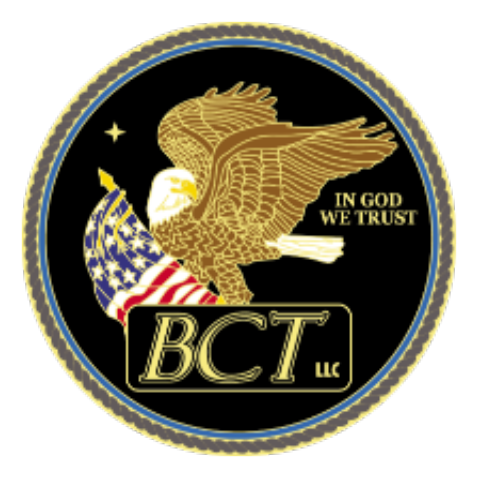Intelligent Agents in Information Warfare

By Dr. Myron L. CramerThis presentation was given at:
infoWARcon'98
Information Assurance and Information Operations for the Enterprise and the Infrastructure
Hyatt Regency Hotel, Crystal City, Virginia
September 8 - 11, 1998
Abstract

This paper discusses new Information Warfare concepts related to the use of intelligent software agents on the internet. Intelligent agents are one of the fastest growing new areas of computer science; they are becoming recognized as an essential element of future computing architectures for both the military and businesses. The basic intelligent software agent concept involves dispatching a group of processes across a network to service a user's request at remote locations and to return selected results. Sometimes the term "network robot" or "bot" is used to describe variations of this concept.
With the global growth of high bandwidth backbones and the expanded use of mobile computing, intelligent agents fill an essential niche as surrogates and extensions of the mobile user. Agents are used to assist users in coping with the ever increasing extent of information on the internet. In general, agents operate autonomously and seek to accomplish user-specified goals. They have rules that constrain their operation and are reactive to changes they detect in their environment. Advanced agents interact and collaborate with other agents and learn from their experiences. Other advances include increasingly sophisticated abilities to adapt their behavior. In networked environments, agents can be mobile to seek the information they need or to follow their user. For mobile users who only connect to a network periodically, the intelligent agent can act as a surrogate representative.
From a tactical military perspective, intelligent agentscan be also be categorized as either cooperative or malicious. Cooperative software agent technology depends on the use of standards and technologies to support remotely requested services. Cooperative software agents contrast with malicious software such as viruses and worms that operate surreptitiously without the permission or knowledge of the host. Examples of these have been well-known since the Morris Worm incident of 1988.
In this paper we discuss information warfare aspects of this technology, including information acquisition, protection, processing, transport, management, and denial. We view each area from both military and commercial perspectives.







